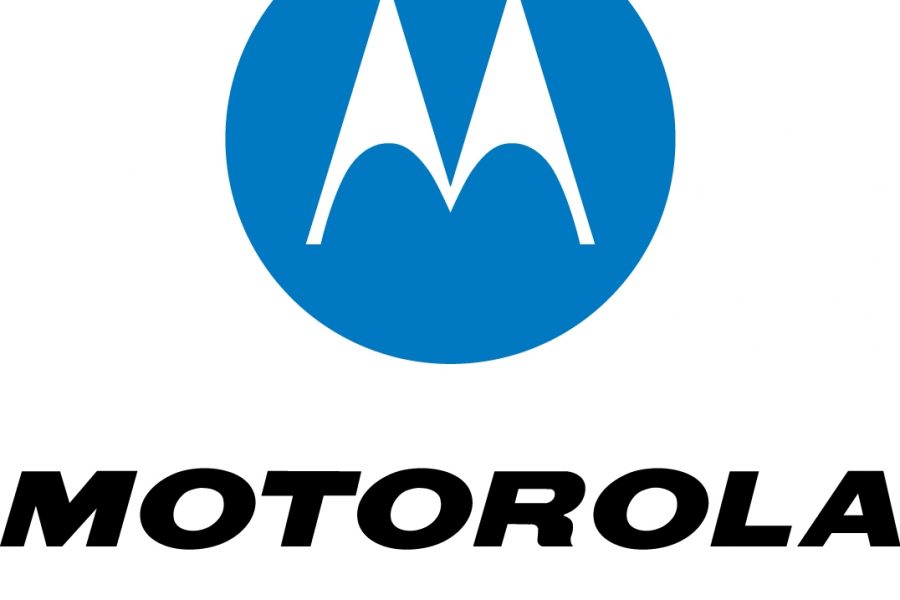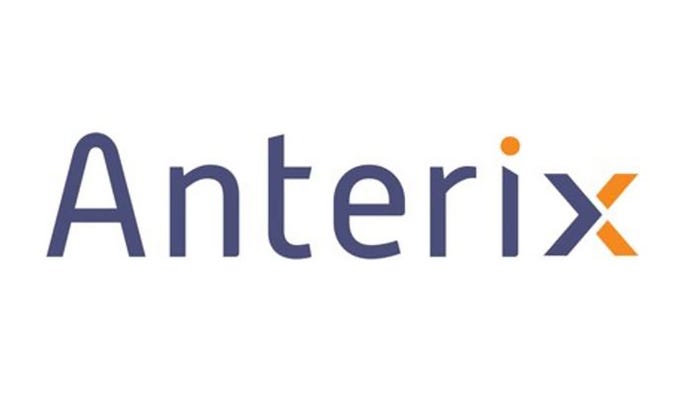Motorola Solutions unveils Critical Connect interop service to link ASTRO 25, carrier PoC communicationsMotorola Solutions unveils Critical Connect interop service to link ASTRO 25, carrier PoC communications
Motorola Solutions announces the availability of Critical Connect, a cloud-based ISSI platform that is designed to support interoperability between public-safety agencies using ASTRO 25 and/or carrier-integrated push-to-talk-over-cellular (PoC) services without the need to purchase ISSI equipment.

Motorola Solutions this month announced the availability of Critical Connect, a cloud-based ISSI platform that is designed to support interoperability between public-safety agencies using ASTRO 25 and/or carrier-integrated push-to-talk-over-cellular (PoC) services without the need to purchase ISSI equipment.
Project 25 Inter RF Subsystem Interface (P25 ISSI) gateways were established to enable interoperability between P25 systems, but their use has been limited, in large part because of the practical costs associated with deploying ISSI, according to Anatoly Delm, Motorola Solutions’ director of global marketing for devices and infrastructure.
“If I want to connect two systems with ISSI, it’s a point-to-point connection between those two systems,” Delm said during an interview with IWCE’s Urgent Communications. “If I want to connect three systems—it may be three towns or three counties—with ISSI, now I’ve got three point-to-point connections between all of those. If I add another system on top of that, now that one system has to connect to the other three, so I’ve got three more [ISSI connections] and now I’ve got six [ISSI connections overall.
“The math gets pretty overwhelming very quickly, because each one of those connections has to be point to point.”
In contrast to these point-to-point connections, Critical Connect requires only a single connection to the cloud-based service.
“Critical Connect is a hub that everybody just connects to once, and—with software, permissions and an authentication mechanism—anybody that’s a member of that hub can connect to anybody else, essentially on demand,” Delm said. “Likewise, they can disconnect as they need to.”
Brent Kohman, who leads broadband PTT strategy for Motorola Solutions, said that Critical Connect not only supports interoperability between ASTRO 25 systems, it also provides linkage with users of carrier-integrated push-to-talk services provided by Motorola-owned Kodiak to commercial carriers.
“Interoperability with each carrier is in a silo today,” Kohman said during an APCO 2018 session about LMR-LTE interoperability. “However, if you use the Critical Connnect capability, you recognize each carrier as a separate entity and create a separate connection—one to AT&T, one to Sprint and one to Verizon. Basically, it’s like an ISSI gateway to each carrier.”
Given this use of ISSI, the audio quality of communications linked through the Critical Connect platform will reflect the use of the P25 codec, as opposed to the higher-level codecs that can be leveraged when PoC—and mission-critical-push-to-talk (MCPTT)—are able to talk to each other without a gateway.
Motorola Solutions offers Critical Connect to agencies in packages that support two, five or 20 connections, Kohman said. The two-connection Critical Connect service costs “around $4,500 per month,” Kohman said.
Critical Connect currently does not support P25 systems or PoC services other than Motorola-owned ASTRO 25 and Kodiak, Kohman and Delm said.
Critical Connect’s interoperability can support significant flexibilities that public-safety representatives have long sought, particularly with the emergence of broadband technologies via LTE, Kohman said.
“Interoperability extends coverage beyond the boundaries of your private network, so you can include more people—the fire chief may be at APCO attending this conference, but he’s still plugged in with his municipality and knows what’s going on,” Kohman said. “Interoperability also extends the ability to add more users to the conversation, whereas—in the past—you may have been limited to those first responders who had access to the LMR radio and the municipality may be restricted by budget and RF resources.”
“With LTE and MCPTT, you can extend beyond the first responders to mission-support personnel, and these mission-support personnel can be engaged in the conversation and ensure that the first responders have all the resources that they require to get the job done in the best manner. The bottom line is that we need interoperability, so you have both capabilities.”





